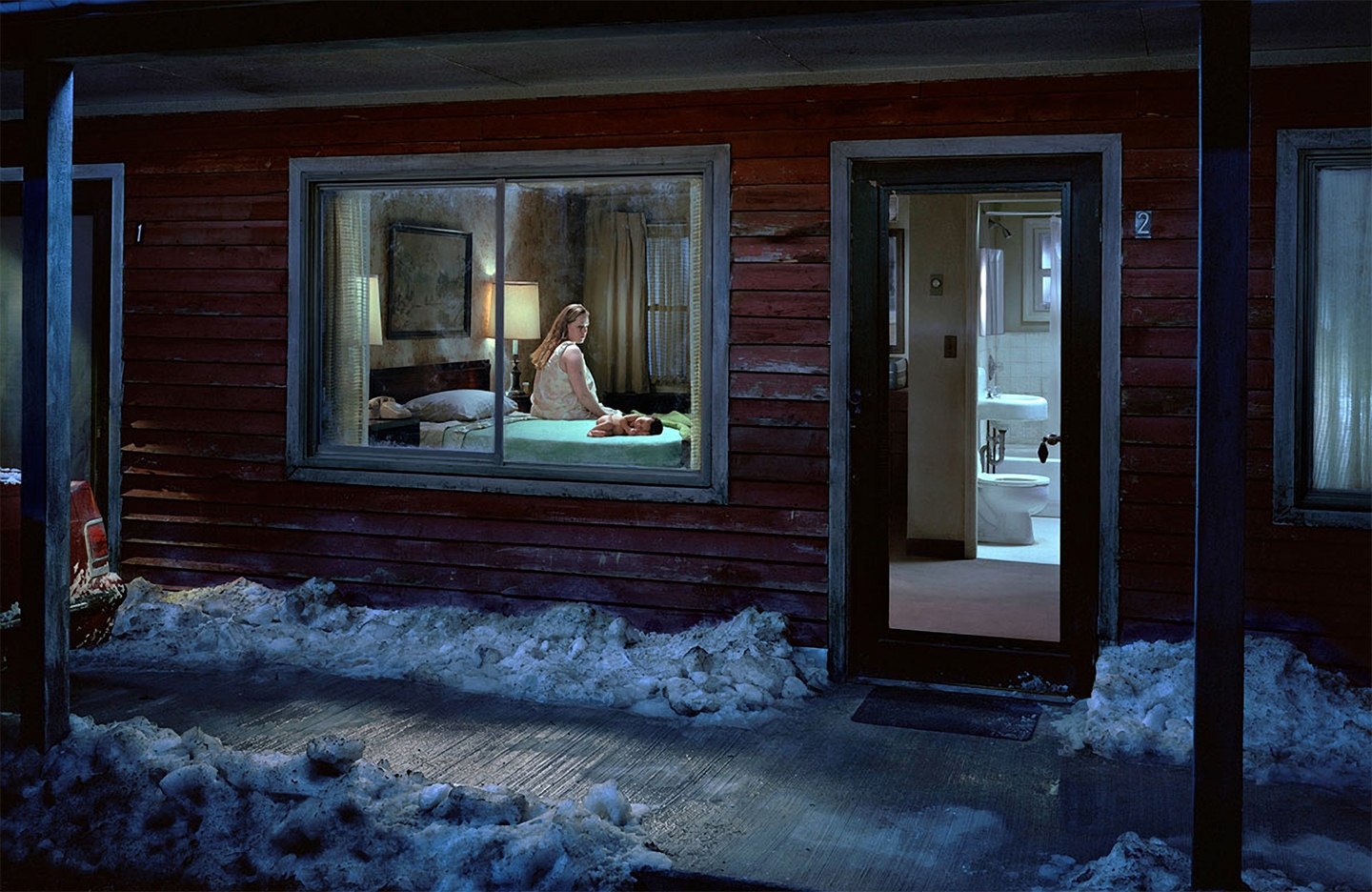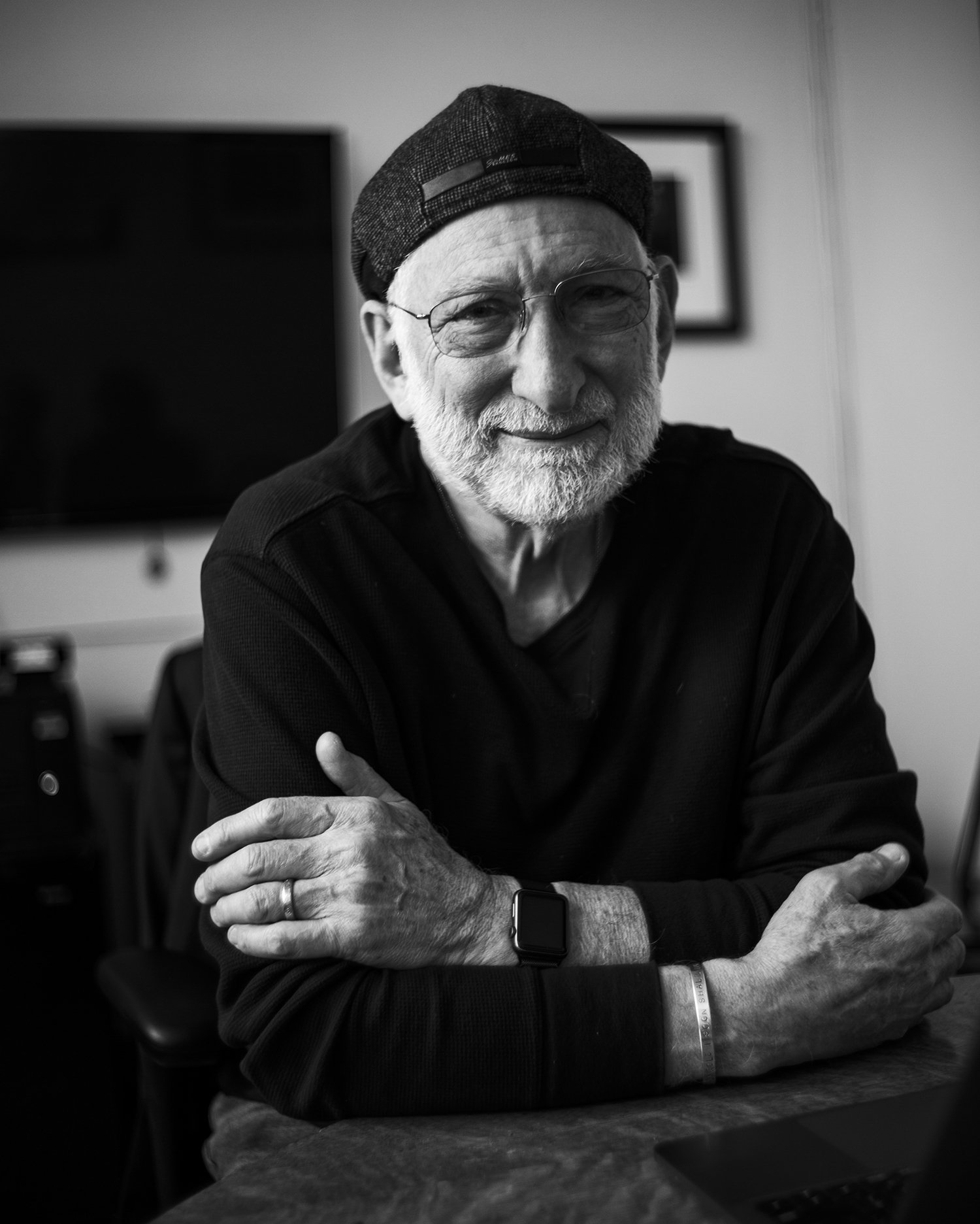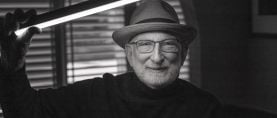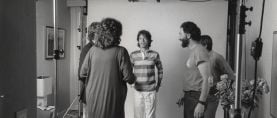
The Art of Light
“Light transports viewers into those imaginary worlds they know do not exist but believe in anyway.”
In our April issue of American Cinematographer, we celebrate lighting. We begin with a photograph on our cover by Phedon Papamichael, ASC, GSC — a picture in which light is a main character. The light transports us to our own imaginary place; and after all, that is what light in a photo or a movie or a TV show should do. Light transports us from our own world that we inhabit in our own reality, or in our imagination, and into another world: the world of the story being told.

In this issue, you will find reference to artists that have inspired many of us, including Robert Frank and Gregory Crewdson. Another, for me, is Edward Hopper. Many of us have used Hopper’s paintings as inspiration. Personally, I “discovered” Hopper on a trip to the San Francisco Museum of Modern Art bookstore while looking for inspiration for the first narrative feature I filmed. In the end, the movie looked nothing like a Hopper painting, but that was and is not the point. The point, I believe, of cinematographers studying painters and photographs, is to transport us — in our minds — to a dreamscape where anything is possible in lighting, with no regard for budgets nor technical limitations. This is a centering, or focusing (sorry), on light itself, which prepares me to tackle the interpretation of the story I am beginning to help tell.
In this issue, the master still photographer Gregory Crewdson is referenced for the lighting of his images. If you haven’t watched the documentary Gregory Crewdson: Brief Encounters, do so to understand the precision with which his images are created. I use Crewdson to make the point that every object in a frame carries narrative meaning, and so filmmakers should carefully study the objects in a frame for what they imply about the story. (Note the details in the 2007 Crewdson photo shown above, Untitled (Birth), including the motel key that’s still in the door handle.)
In this issue, we discuss lighting at a time when the very practice is actually threatened by some who believe turning on a camera and filming whatever is lit by the light available is all that is necessary in professional image-making. It’s the plug-and-play generation hard at work, I guess, but nothing could be further from the truth.
I am reminded of an old cinematographers’ joke. Question: “Do you ever work with available light?” Answer: “Yes, I work with every light available.”
Light is at the center of what we do. Read on and see in the words of ASC masters how to light for dramatic intent: how light transports viewers into those imaginary worlds they know do not exist but believe in anyway.
Stephen Lighthill
President, ASC








